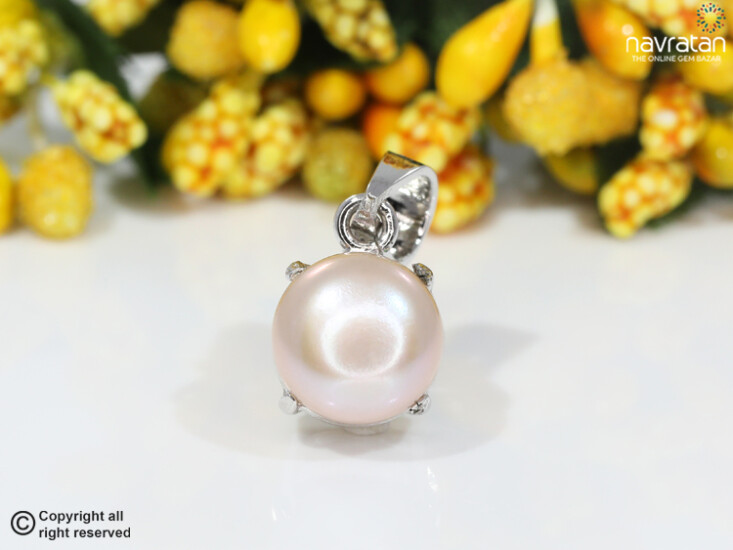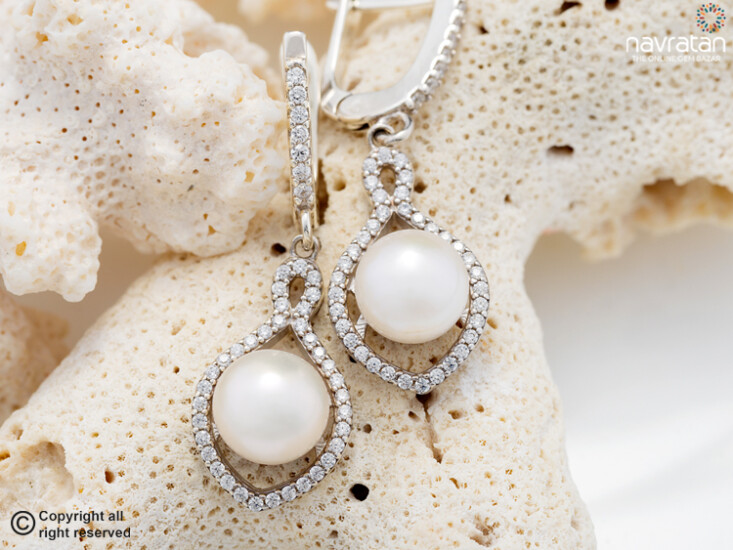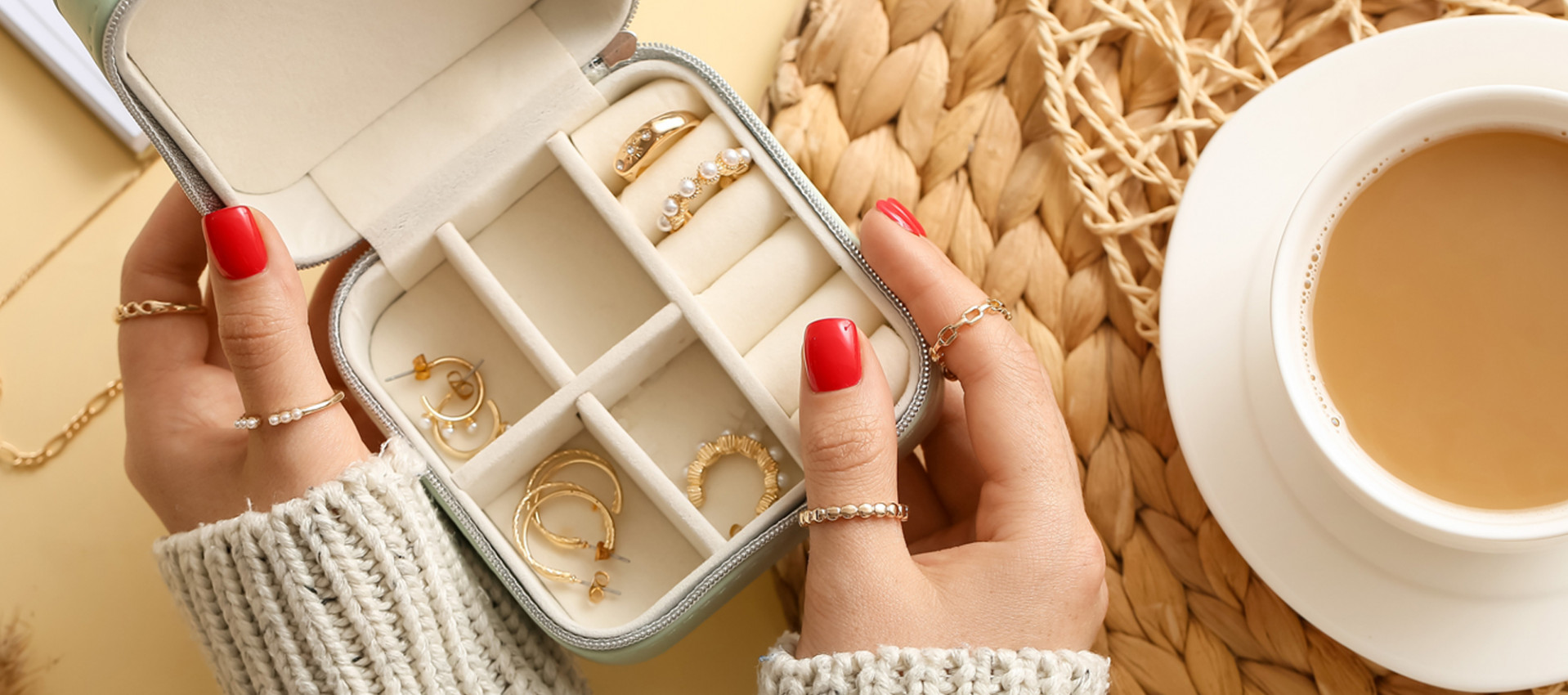Types of Pearl Like Diamond, Pearls have continuously been the darlings of women, the supreme flaunting stuff for men, and the gem that receives timeless love, reverence, and value from everyone.
From any hailed Hollywood celebrity to goliath athletes, Pearls have always managed to enrapture everyone and continue to be the numero uno gem for billions. Pearls’ creation is as enticing as their appearance.
To take you deep down into the astonishing, elusive, and glittering world of pearls, we have carved an all-inclusive guide that encloses everything you ever wanted to know about pearls, be it their origin, types, quality guidelines, and characteristics. Let’s submerge into the colossal and gleaming world of pearls.

INQUIRY NOW
How a Pearl is Created?
Pearls are meticulously produced from the tissue of a soft-shelled and living mollusk mainly comprising calcium carbonate as the major substance. The majority of the pearls are smooth and round in shape but the shape may vary from shell to shell.
Pearls are highly coveted and valued because of their jaw-dropping beauty and immense glitter. They can augment the beauty of any person by leaps and bounds as well as they can give any ordinary-looking ornament a picture-perfect touch.
Pearls are natural creations. However, pearls can also be synthesized in the laboratory and satiate the demand of those who want to savor the feeling of wearing pearls without making a dent in their pockets.
Types of Pearl:
Pearls can be classified majorly into two categories.
- Freshwater Pearls
- Saltwater Pearls
We are going to discuss each category one at a time.

Freshwater Pearls:
Unlike saltwater pearls, they are grown in mollusks and are perhaps the most common and affordable pearls for anyone. Freshwater pearls are more sturdy, scratch-resistant, and durable than saltwater pearls and these key factors are the sole reasons freshwater pearls are always high in demand.
Freshwater pearls don’t have an innate shine like saltwater pearls but are found in a myriad of sizes and shapes. The quality evaluation scale of freshwater pearls differs massively from saltwater pearls and they usually don’t have a metallic and to the T finish like saltwater pearls.
An enthralling story about freshwater pearls; one mussel is quite capable of producing approximately 50-52 freshwater pearls though the average number lies between 25-35.
Though freshwater pearls are seamlessly available and common in existence, it’s quite daunting to find perfectly round and glossy freshwater Pearl Stone as they are rare in existence, however, you can find the desired south sea pearl online without breaking a sweat.
Durability: Extremely high
Size: 1mm to 15mm
Colors: Except black available in almost all major colors
Production Time: At Least a year
Shape : round and button shaped

Saltwater Pearls:
A saltwater pearl (called Mukta in India) is created in a saline environment by saltwater mollusk, is rare to find, and is way more expensive than freshwater pearls.
Saltwater pearls thrive solely within pearl oysters and are cultivated around protected lagoons and volcanic atolls.
When compared to natural saltwater pearls, cultured saltwater pearls are more expensive because saltwater oysters have the limitation to produce one pearl at a time.
Moreover, saltwater pearls have a perfect round shape and are more lustrous in appearance than freshwater pearls. Because of their rarity in existence, saltwater pearls are often high in demand and can be seen worn by top-notch celebrities like film stars, rappers, athletes, and her highness queen Elizabeth.
Though saltwater pearls are rare to find, if you seek a stunning Basra Pearl for you or your near and dear ones, you can easily find a plethora of it at Navratan.
Durability: high
Size: 7mm to 18mm
Colors: golden, white, silver, pink, and green hues
Production Time: At Least 4-5 years
Shape: potato and button shaped

Unlike freshwater pearls, saltwater pearls are available in a myriad of varieties and fall into three major categories.
1. Akoya Pearls
2. South Sea Pearls
3. Tahitian Pearls
We will explain in detail about each saltwater pearl type in the upcoming sections.
Akoya Pearls:
Akoya pearls are unquestionably the most sought-after and cultured saltwater pearls. Because of their availability in heaps, you will find Akoya pearls in varied ornaments more than any other pearl.
Akoya pearl oysters barely produce more than 2 Akoya pearls per harvest. Subsequently, Akoya pearls ooze timeless beauty and grace in heaps and stand apart from the pack because of their outrageous luster.
Most celebrities prefer to give a shot to Akoya pearls as they make fashion accessories look avant-garde and ingenious in every way.
Akoya pearls are usually neutral in appearance unless color-treated and naturally they are available in green hues, creamish, white, grey, and pink colors.
A major chunk of Akoya Pearls farming happens in Japan. Apart from Japan, Thailand, China, Vietnam, and Australia also do Akoya pearl farming but on a limited scale.
Size: 2mm to 7mm
Farming: Majorly in Japan, China, Vietnam
Colors: White, grey, green, creamish
South Sea Pearls:
When it comes to size and luxury, south sea pearls are non-arguably the largest and the most luxurious saltwater pearls. They are stringent to farm because of their large size and fettered culturing area. However, contrary to their rare availability, south sea pearls have the highest demand in the entire world kudos for their large size, swanky and utterly glossy appearance, and perfectly round shape. The prime reason south sea pearls are humongous in size compared to other saltwater and freshwater pearls is because of the massive size of oysters that produce them - Pinctada Maxima Oyster.
South sea pearl or Moti come in numerous sizes and endearing hues ranging from golden tones to white, light pink, creamish, and sometimes, silver and grey.
Size: 8mm to 18mm
Farming: Indonesia, Australia, and the Philippines
Colors: creamish, white, pink, and golden tones
Tahitian Pearls:
Black is indeed beautiful and enigmatic, and Tahitian pearls perfectly exemplify this statement. Tahitian pearls are predominantly cultivated in French Polynesia, Micronesian islands, and to a lesser extent in Japan, Thailand, and China.
Not many people know that Tahitian pearls come in dark colors naturally and are the second most valuable commercially farmed pearls in the world. Tahitian pearls come in gobsmacking black hues, dark grey, and peacock colors as well.
There was a time when Tahitina pears used to be quite exorbitant and not accessible to everyone. However, with the intervention of corporate faces, they are very much accessible to a wide range of demographics.
Size: 7mm to 16mm
Farming: French Polynesia, Micronesian islands, Japan
Colors: Black, Grey, Green, Bronze, Blue Green

Apart from the above-mentioned and highly sought-after saltwater pearls, there are a few unconventional pearls that don’t get much spotlight but are alluring, unique and deserves to be known by all. They are:-
1.Basra Pearls
2.Keshi Pearls
3.Baroque Pearls
Let’s know about each pearl in its totality one at a time.
Basra Pearls:
Basra pearls have been long neglected by the world but this marvelous creation of nature began to gain due acknowledgment in recent times. This pearl got its name from the Iraqi city, Basra, located near the banks of the river Shatt al-Arab. If we talk about the tangible aspects of Basra, they are quite lightweight and possess a scattering effect that most of the natural variants don’t. One thing that makes Basra Pearl rare and special is that Basra Oysters are confined to the Persian region only. After the mass extraction of oil in the middle east, a major portion of the Basra oyster ecosystem is destroyed and the remaining ones fall under the endangered category.
Biwa Pearls:
Biwa pearls’ roots lie in lake Biwa in Japan where they are extensively cultured for a long time and are known for their unusual size. Japanese people have this strong belief that wearing Biwa pearls can recuperate them physically as well as mentally. Biwa pearls come in a range of colors but you will find a majority of them in white and pink.
Baroque Pearls:
It would be right to call the baroque pearl the whimsical king of pearls because of its amusing size. According to an estimate, a majority of freshwater and saltwater pearls are baroque because freshwater pearls are tissue nucleated instead of bead nucleated. When it comes to size, Baroque pearls can be oval, lumpy, curved, and pinched.
Read More :
Pearl Gemstone Jewelry: Beauty That Is Forever
Everlasting Appeal of Pearl Gem Jewelry
Basra Pearl - The Most Exclusive Class of Pearls
Who Should Wear Moti
 Categories
Categories 









